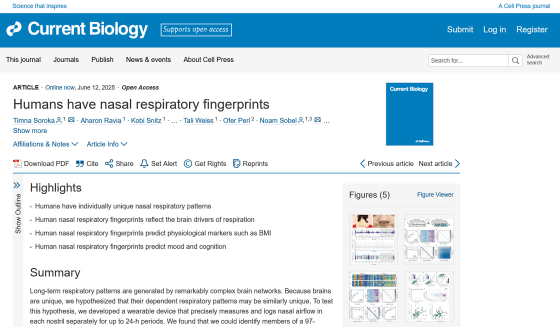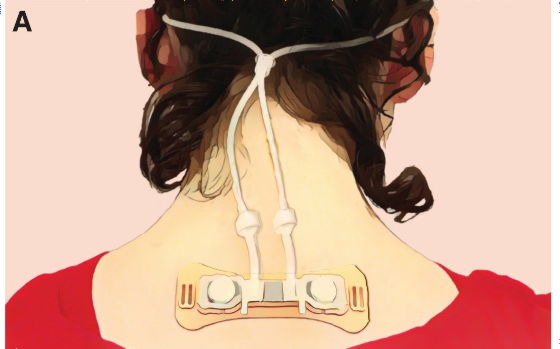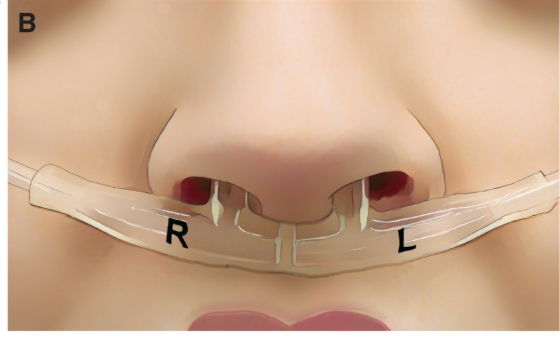Research results show that individuals can be identified with over 96% accuracy from their nasal breathing patterns

Fingerprints are unique to each person, and it is known that a person can be identified from fingerprints left on objects or skin. A new study has shown that a person's nasal breathing also has a unique pattern, and that a person can be identified with 96.8% accuracy based on their nasal breathing pattern alone.
Humans have nasal respiratory fingerprints: Current Biology

Humans have unique breathing “fingerprints” that may signal health status | EurekAlert!
https://www.eurekalert.org/news-releases/1085739
Your Breathing Pattern Is as Unique as a Fingerprint, Study Finds : ScienceAlert
https://www.sciencealert.com/your-breathing-pattern-is-as-unique-as-a-fingerprint-study-finds
While studying how the brain processes scents when we breathe, a research team from the Weizmann Institute of Science in Israel and the University of Haifa wondered, 'Because the brain is intimately connected to breathing, if each person's brain is different, might each person's breathing patterns reflect their own individual differences?'
The idea that 'people's breathing patterns are unique to each person, like fingerprints,' has been around for a while, but until now there was no convenient way to measure a person's nasal breathing over the long term. So the research team developed a lightweight wearable device that can be worn for long periods of time, both when awake and when asleep, to measure nasal breathing patterns.
The nasal respiration measurement device was illustrated below. The recording device, connected to a tube, was worn behind the neck.

Here's what the front looks like: A soft tube is inserted under the nostril, allowing the airflow inside the nostril to be tracked.

Most breathing tests take about 1 to 20 minutes, but the device developed by the research team can measure breathing patterns continuously for 24 hours, whether the subject is awake or asleep. In the experiment, 100 healthy young adults wore the device and went about their daily lives. The collected data was analyzed using a tool called '
When they tested whether the breathing patterns could be used to identify individuals, they achieved a 43% accuracy rate with just one hour of data. This accuracy improved dramatically when they used 24 hours of data, ultimately achieving an extremely high accuracy rate of 96.8%. This result was consistently maintained even after multiple retests over a two-year period.
'We thought it would be really hard to identify people because they were doing different things - running, studying, resting - but their breathing patterns were actually surprisingly distinctive,' said Timna Soroka of the Weizmann Institute of Science, lead author of the study.
The researchers also found that an individual's breathing patterns correlated with their body mass index (BMI), sleep-wake cycle, levels of depression and anxiety, and behavioral traits. For example, participants who scored higher on the anxiety questionnaire took shorter breaths and showed greater variability in the amount of time they stopped breathing during sleep.
'Intuitively, we think that the level of depression or anxiety would affect the way we breathe,' said Timna Soroka, lead author of the study. 'But the opposite may also be true: Maybe the way we breathe causes depression or anxiety. If so, changing the way we breathe may help improve the condition.'

Related Posts:
in Science, Posted by log1h_ik







